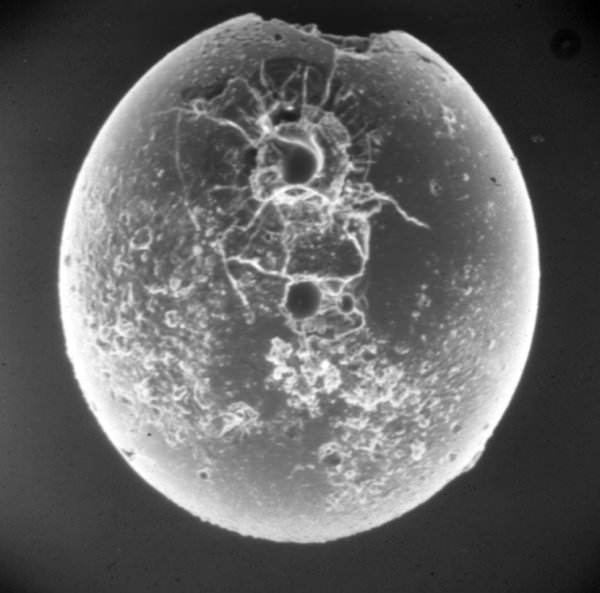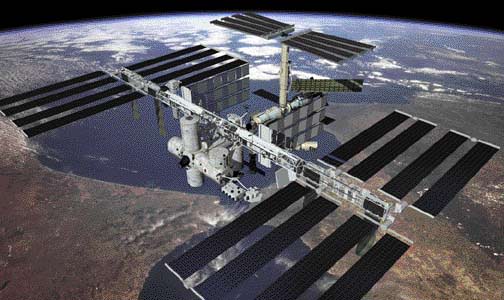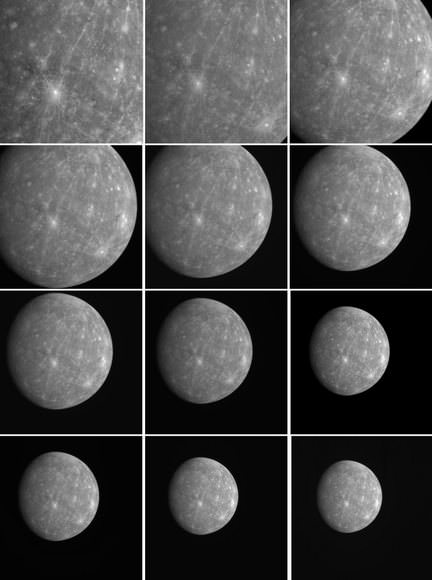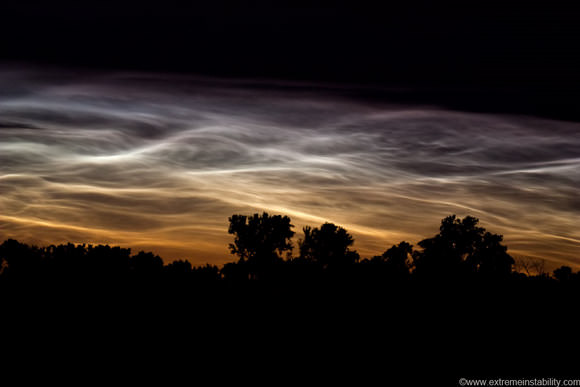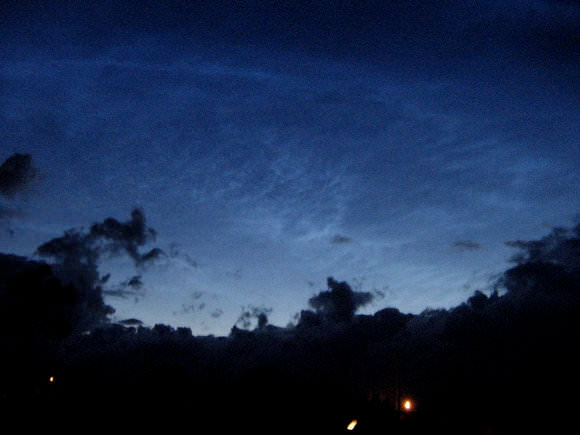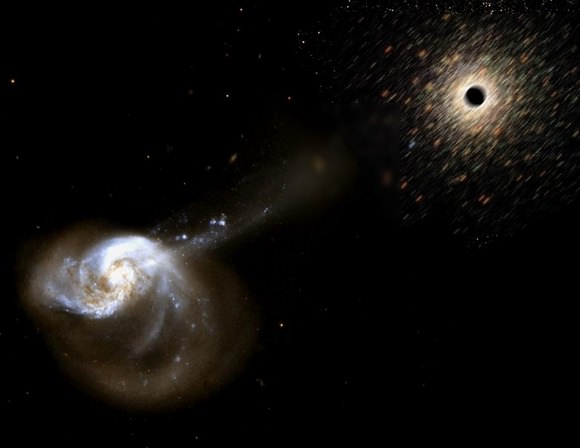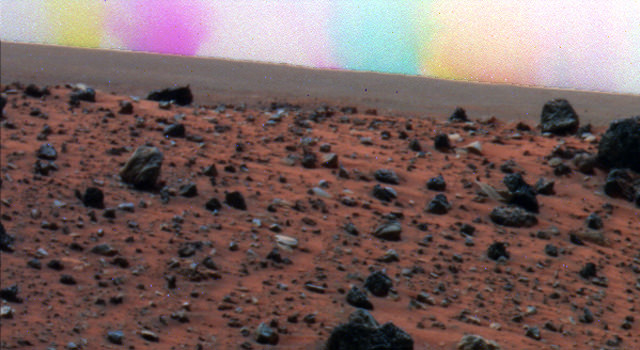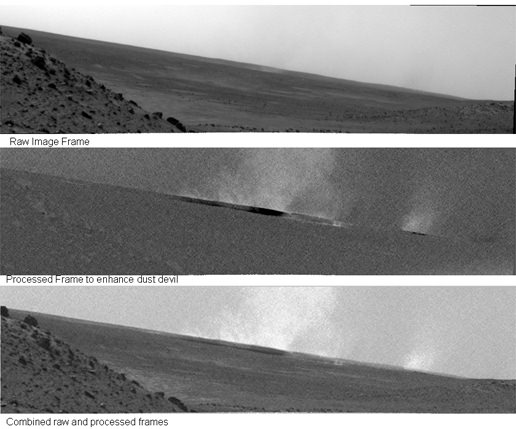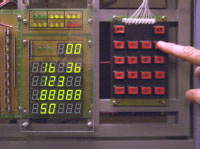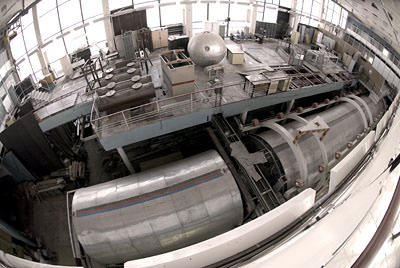[/caption]
The MESSENGER mission has been revealing more of Mercury’s surface, including plenty of craters so interesting that geologists have been christening them with names.
The International Astronomical Union released new names for 16 impact craters this week. All of the craters were discovered during the flyby in October, which is also when MESSENGER snapped these images–five minutes apart–as it left.
The IAU has been the arbiter of planetary and satellite nomenclature since its inception in 1919. In keeping with the established naming theme for craters on Mercury, all of the craters are named after famous deceased artists, musicians, or authors. The newly named craters include:
Abedin, after Zainul Abedin, a Bangladeshi painter and printmaker who first attracted attention with his sketches of the Bengal famine of 1943.
Benoit, after Rigaud Benoit, an early member of the Haïtian art movement known as Naive Art, so-called because of its members’ limited formal training.
Berkel, after Sabri Berkel, a Turkish painter and printmaker.
Calvino, after Italo Calvino, an Italian writer of short stories and novels.
de Graft, after Joe Coleman De Graft, a prominent Ghanaian writer, playwright, and dramatist who was appointed the first director of the Ghana Drama Studio in 1962.
Derain, after Andre Derain, a French painter and co-founder of the Fauvism movement with Henri Matisse.
Eastman, after Charles A. Eastman, a Native American (Sioux) author, physician, and reformer who helped found the Boy Scouts of America.
Gibran, after Kahlil (Khalil) Gibran, a Lebanese American artist, poet, and writer, best known for his 1923 book The Prophet, a series of philosophical essays written in English prose.
Hemingway, after Ernest Hemingway, an American writer and journalist who had a significant influence on the development of 20th century fiction.
Hodgkins, after Frances Hodgkins, a New Zealander painter.
Izquierdo, after María Izquierdo, a Mexican painter who used the landscape and traditions of Mexico as inspirations for her artwork.
Kunisada, after Utagawa Kunisada, a Japanese woodblock printmaker considered the most popular, prolific, and financially successful designer of ukiyo-e woodblock prints in 19th century Japan.
Lange, after Dorothea Lange, an influential American documentary photographer and photojournalist, best known for her depression-era work for the Farm Security Administration
Matabei, after Iwasa Matabei, a Japanese artist who specialized in genre scenes of historical events and illustrations of classical Chinese and Japanese literature, as well as portraits.
Munkácsy, after Mihály Munkácsy, a Hungarian painter who lived in Paris and earned international reputation with his genre pictures and large-scale biblical paintings
Ngoc Van, a master in Vietnamese oil painting whose painting style was influenced by the French impressionist, Gauguin
Some of the names were suggested by MESSENGER team members, some were suggested by members of the public, and others were selected from a list of names that the IAU had previously approved for use on Mercury.
“Exploring new landforms on Mercury is a special experience that should be shared by everyone on our planet,” says MESSENGER Principal Investigator Sean Solomon of the Carnegie Institution of Washington. “It is highly appropriate that the naming of such features similarly acknowledges the contributions that individuals from all cultures have made to mankind’s advances.”
More information about the names of features on Mercury and the other objects in the Solar System can be found at the U.S. Geological Survey’s Planetary Nomenclature Web site.
The addition of these craters, along with the 27 features previously named, brings the total to 43 newly named surface features on Mercury since MESSENGER’s first flyby of the innermost planet. In September 2009 MESSENGER will complete a third and final flyby of Mercury before becoming the first spacecraft to orbit the planet, beginning in March 2011.
Lead image credit: NASA/Johns Hopkins University Applied Physics Laboratory/Carnegie Institution of Washington. A portion of the same sequence, totaling 198 images in all, has also been made into a movie.
Source: MESSENGER

